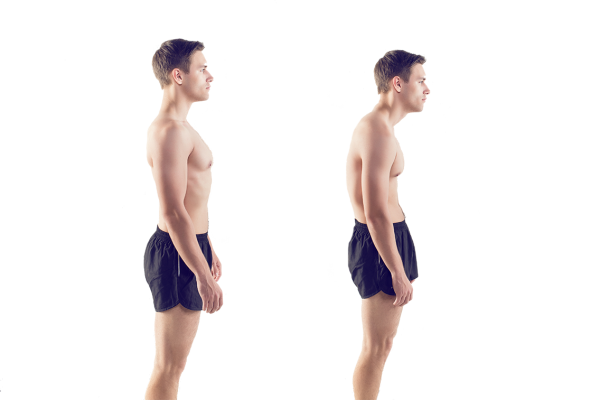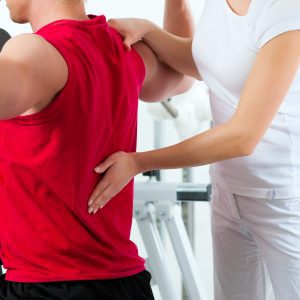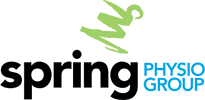Poor postural habits contribute to most back and neck conditions.
Many people have poor posture, and it is important to address these habits at any age, to reduce the current or future effects of pain associated with poor alignment.
Most alarmingly, adolescents with poor posture may have not experienced pain.
Addressing their poor habits now may avoid pain in the future. Developing good health posture habits early in life will help prevent damage to ligaments, muscles and joints.
What are the consequences of poor posture?
When poor posture becomes habitual, joints and soft tissues adapt and your brain "sets" this as normal. Correction becomes more difficult but the consequences are even worse.
Firstly, poor posture can lead to many problems, but to the average person this can be summed up as "PAIN" resulting in "LACK OF MOBILITY". Some common examples are:
- Prolonged static positions such as sitting and driving can stiffen the joints.
- Muscle imbalance and/or weakness can make it difficult to reach optimal performance in activities such as sport. Repeated injuries can occur as a result of imbalances.
- Core muscle weakness can cause incontinence at a young age and contribute to significant back pain.
- Tight joints and/or muscles, particularly through the chest, shoulders and hips can lead to upper back pain and reduced flexibility.
- Poor postural habits, such as slumping can cause headaches, and back pain. It can lead to a hunch back shape.
- Structural conditions, such as osteoporosis -brittle bones, and scoliosis - curvature of the spine - inevitably are contributed to by poor posture during adolescence.
Who can benefit from posture correction?
People of any age can benefit from postural correction.
If you address poor habits in adolescence, however, you can avoid some of the structural changes associated with longer-term poor posture.
In these early stages of posture correction, you are dealing with habit and weakness.
When the problems are more long-term you will also have to implement stretching, to begin to restore lost range of movement.
The program you will be given may include exercises such as:
- Stretching tight joints and muscles, like the hip flexors (hips), hamstrings, pectoral (chest) muscles and upper back.
- Strengthening anti-gravity muscles around the shoulder blades, back, buttocks and abdomen.
- Strengthening core muscles that hold good joint position under load (e.g. lifting) and reduce fatigue.
- "Resetting" the brain's sense of normal position.
At Spring Physio Group we will conduct a detailed assessment of your posture and design a programme to CORRECT IT.





